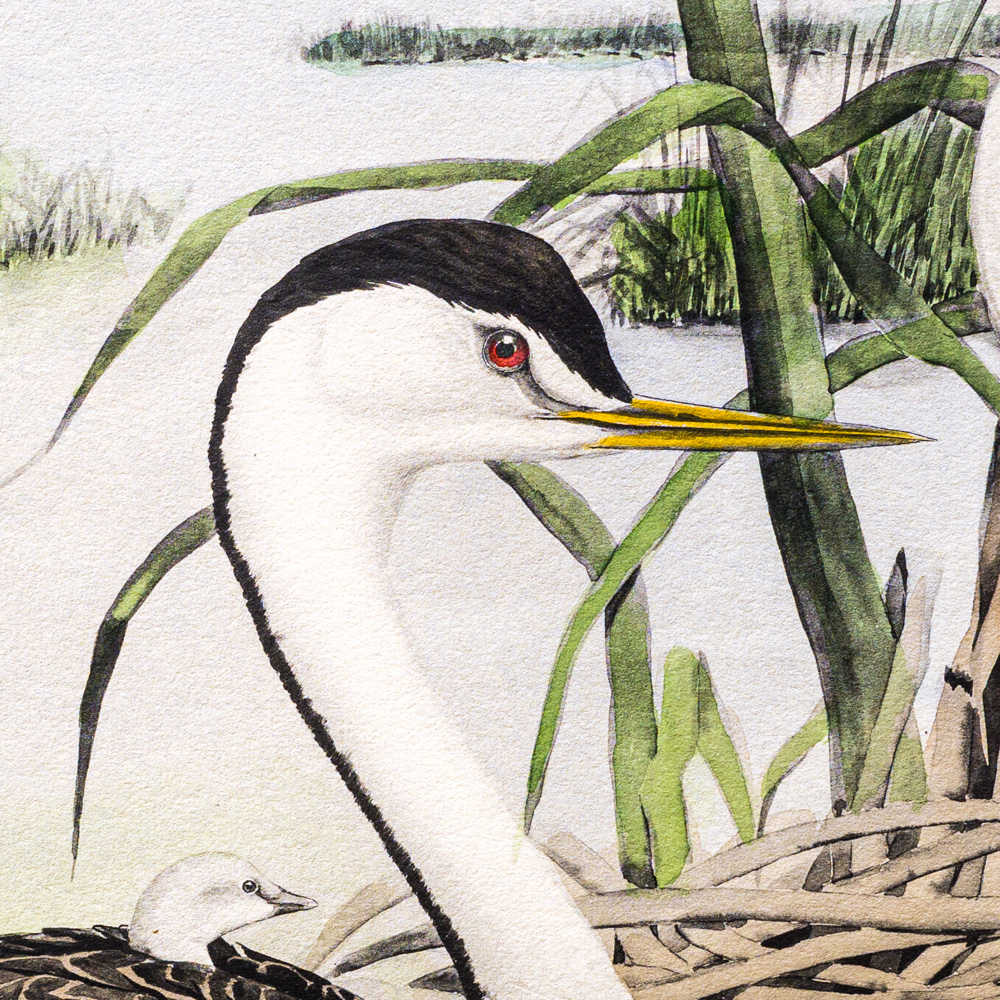




1911
1929
12
757-757a
A team of dedicated board members, volunteers, and student interns has published every page in Volume 9. This volume includes 360 images of paintings and lyrical descriptions of birds, now available online for everyone to enjoy anywhere in the world. This is a monumental task. Each volume requires approximately 400 hours to photograph, edit, transcribe, catalog, and publish online. We need your support to complete this work.
If you're tech-savvy, have a good eye, are meticulous with details, and love structured data, please consider volunteering by emailing us at hello@rexbrasher.org.
We encourage all bird lovers and supporters to consider a monetary donation to support our mission to make Rex's work available for everyone. You can provide a one-time or recurring donation online.
Troubadours who "bill' recitals from Peru to the Arctic Circle are the ALICIAE. In Alaskan lands of the midnight sun their song is heard for twenty hours of daylight out of twenty-four. John Burroughs heard them singing continuously from 2 A. M. to 10 P. M. near Port Clarence north of Behring Strait. One performer hovered above the tundra and repeated its song three times in rapid succession. Lacking tree perches in that unarborescent land the bird used the air instead.
The song is said to resemble the Veery's but is thinner in quality and the call note given impatiently with ascending pitch.
NEST in low trees within 10 feet of ground, compact and bulky, built of interwoven bark, grass and leaves, sometimes composed almost entirely of dried moss.
EGGS, 3 or 4, greenish blue specked with rusty and yellowish brown.
Northern and eastern North America. Breeds in Hudsonian zone in narrow belt just south of tree limit in northwestern Alaska and Mackenzie thru central Keewatin and Ungava to Newfoundland. Migrates southward thru eastern United States. Winters in northern South America.
Eastern North America. Breeds in Hudsonian and upper Canadian zones in Nova Scotia, mountains of northern New England, the Catskills and Adirondacks of New York and probably in west Massachusetts mountains.
A shrubby 15–20-foot tree with three- or four-inch stem, distributed on low hills of limestone from southwestern Vermont to foothills of the southern Appalachian Mountains, west to central Illinois and Missouri.